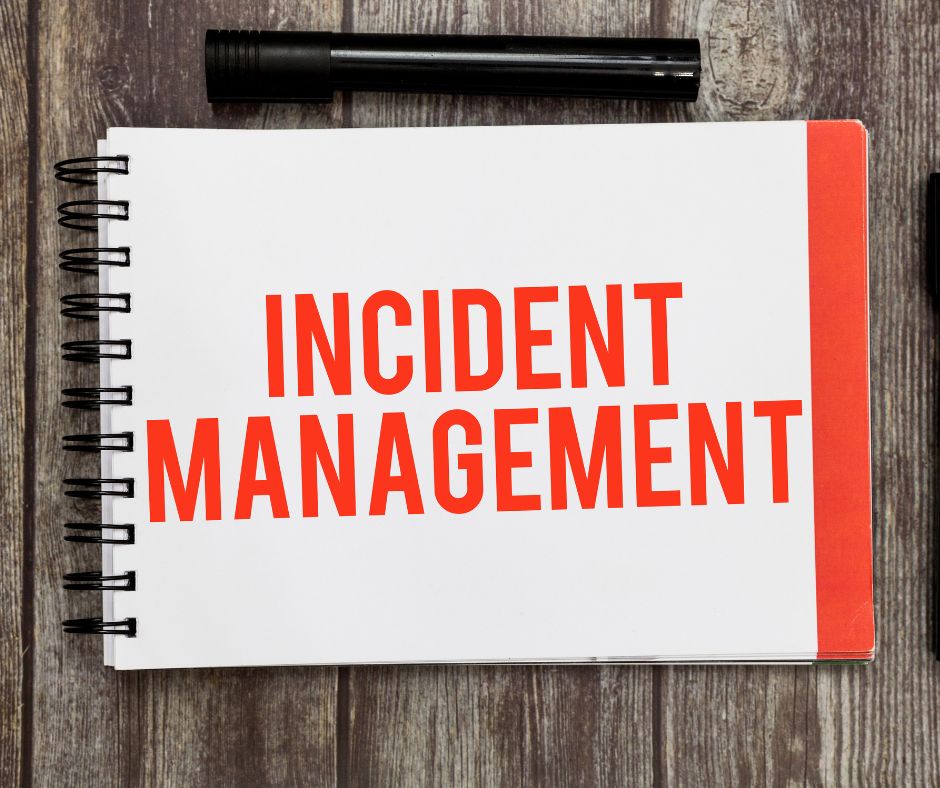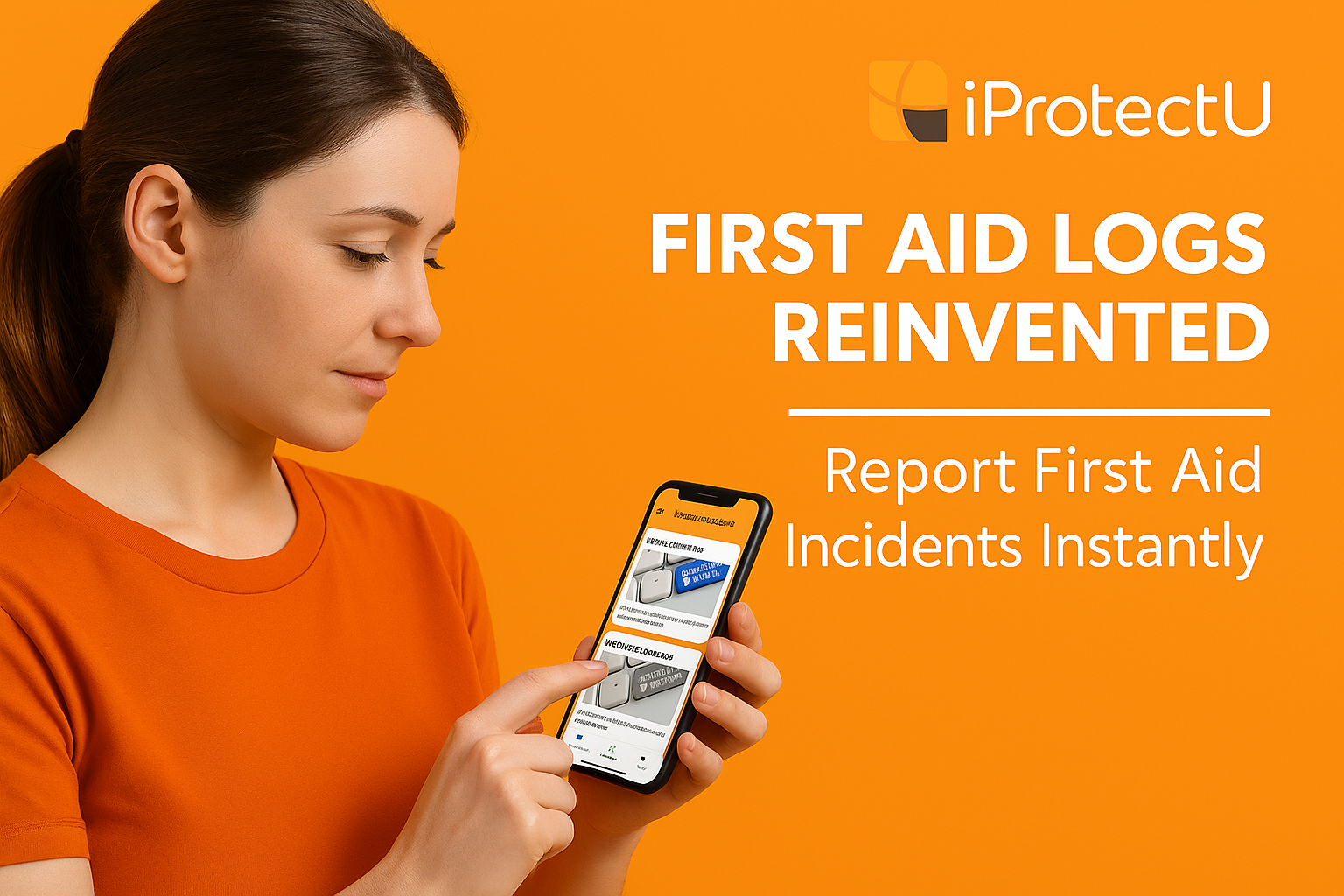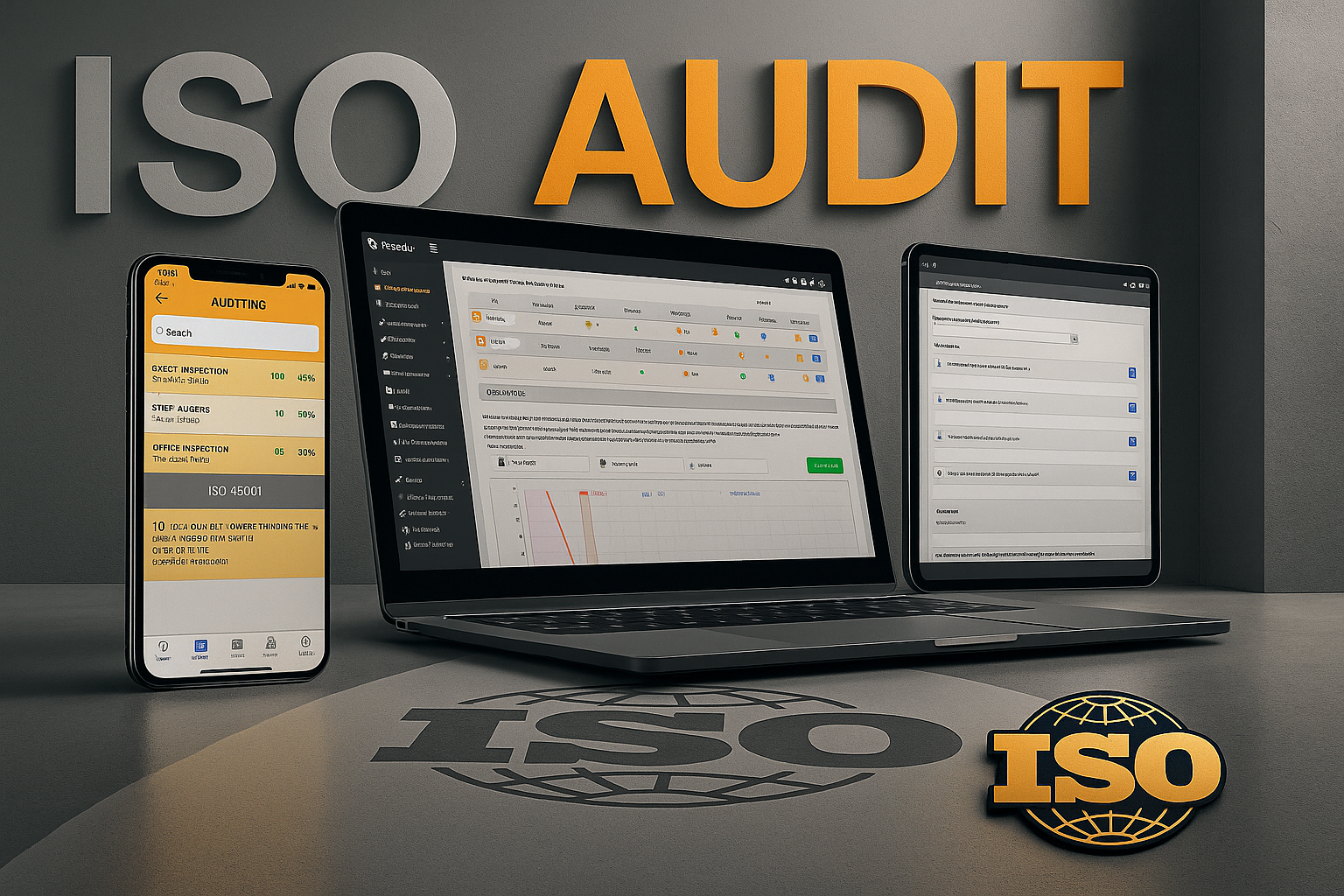
Modern Legal Register Management for Modern Organisations
iProtectU’s Legal Register Software simplifies how organisations track, update and manage legal requirements. Stay compliant
Health and Safety Software » Health and Safety Software News » Incident Management » Health and Safety Incident Management 101: Building a Resilient Response System

Incidents can range from minor accidents to major disasters. It is important for organisations to have a robust plan in place for responding to incidents in a timely and effective manner.
A resilient response system is one that can withstand and recover from incidents quickly and efficiently. It is important to note that resilience is not about preventing incidents altogether, but rather about being prepared to respond to them effectively when they do occur.
Steps that organisations can take to build a resilient response system
Responding to incidents
When an incident occurs, it is vital to follow the incident response plan. This will help to ensure that the incident is responded to in a timely and effective manner.
The first step in responding to an incident is to assess the situation. This includes determining the nature of the incident, the severity of the incident, and the potential risks to people and property.
Once the situation has been assessed, the appropriate steps should be taken to mitigate the risks. This may involve evacuating people from the area, isolating the hazard, or providing medical assistance to injured people.
It is also important to communicate with stakeholders throughout the incident response process. This includes keeping staff, customers, and the public informed of the situation and the steps that are being taken to address it.
Following the incident
Once the incident has been resolved, it is important to conduct an after-action review. This review should identify any areas where the incident response plan could be improved. The review should also be used to identify any lessons learned that can be applied to future incident responses.
Benefits of a resilient response system
Additional tips for building a resilient response system
By following the tips above, organisations can build a resilient response system that will help them to withstand and recover from incidents quickly and efficiently. A resilient response system is essential for protecting people and property, and for maintaining the reputation of the organisation.
Features of the iProtectU health and safety software
Arrange your demonstration
Let us show you how we can transform your health and safety, risk and compliance management
Please choose a date and time for your demo. We look forward to meeting with you.

iProtectU’s Legal Register Software simplifies how organisations track, update and manage legal requirements. Stay compliant

iProtectU EHS First Aid Reporting & Management Software simplifies the recording, tracking, and analysis of

iProtectU Asset Management Software provides centralised control over equipment, machinery and safety-critical assets. Automate maintenance

Managing ISO standards doesn’t have to be complicated. iProtectU QHSE Software is a powerful ISO

Artificial Intelligence (AI) and digital safety platforms are transforming how organisations manage workplace risk.
In

Don’t let near-misses fade into forgotten notes. With iProtectU Hazard & Near-Miss Reporting, every observation